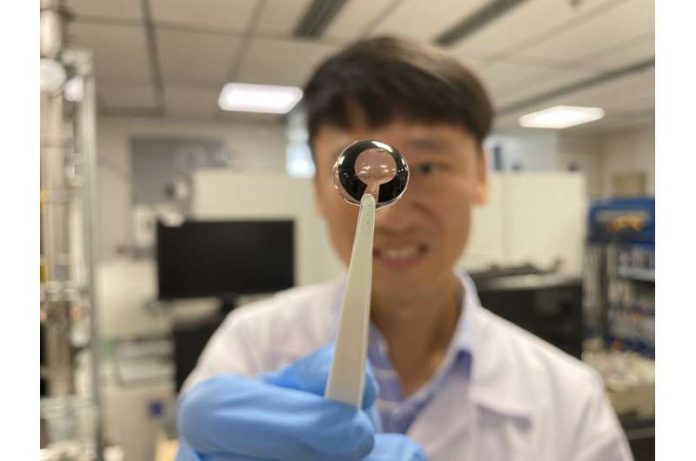
While smart contact lenses have been making waves with their potential to change how we interact with technology, they’ve been held back by one critical element: a suitable power source.
Scientists from NTU Singapore, led by Associate Professor Lee Seok Woon, have unveiled a ground-breaking solution—a flexible, biocompatible battery as thin as the human cornea.
The Problem: Why Existing Batteries Fall Short
Before this breakthrough, smart contact lenses’ power sources posed serious limitations and safety concerns.
Traditional rechargeable batteries depend on metal wires or induction coils, which are not only uncomfortable but also hazardous when placed near or in the human eye.
The Solution: A Battery Powered by Saline and Tears
NTU’s new battery technology is groundbreaking for several reasons. It is made of biocompatible materials, avoiding the use of toxic heavy metals found in traditional batteries like lithium-ion.
Remarkably, it doesn’t even require external wires. Instead, it generates electricity through a glucose-based coating that reacts with the sodium and chloride ions in saline solution, effectively using water as its “wiring.”
Tears to Power
Additionally, the battery could potentially be powered by human tears, which contain sodium and potassium ions at lower concentrations.
In a simulated tear solution test, the researchers discovered that the battery life could be extended by an additional hour for every 12-hour wearing cycle.
Applications: Beyond Just Vision Correction
Smart contact lenses have a range of applications that extend far beyond merely correcting vision. They can monitor wearers’ health metrics and even treat chronic conditions like diabetes and glaucoma.
With adequate power, future versions could even record and transmit everything a wearer sees and hears, opening the door to cloud-based storage and augmented reality experiences directly in our line of sight.
Future Outlook
While this battery technology is a significant step forward, more testing is needed to validate its long-term safety and effectiveness.
However, the possibilities are enticing. Imagine a future where your contact lenses could serve as a heads-up display, health monitor, and more—all powered by your tears.
Conclusion
The development of a biocompatible, flexible battery for smart contact lenses could be a game-changer, moving us closer to realizing the full potential of this technology.
This innovation paves the way for a future where our interaction with technology becomes even more seamless and integrated into our daily lives.
The study was published in Nano Energy.



